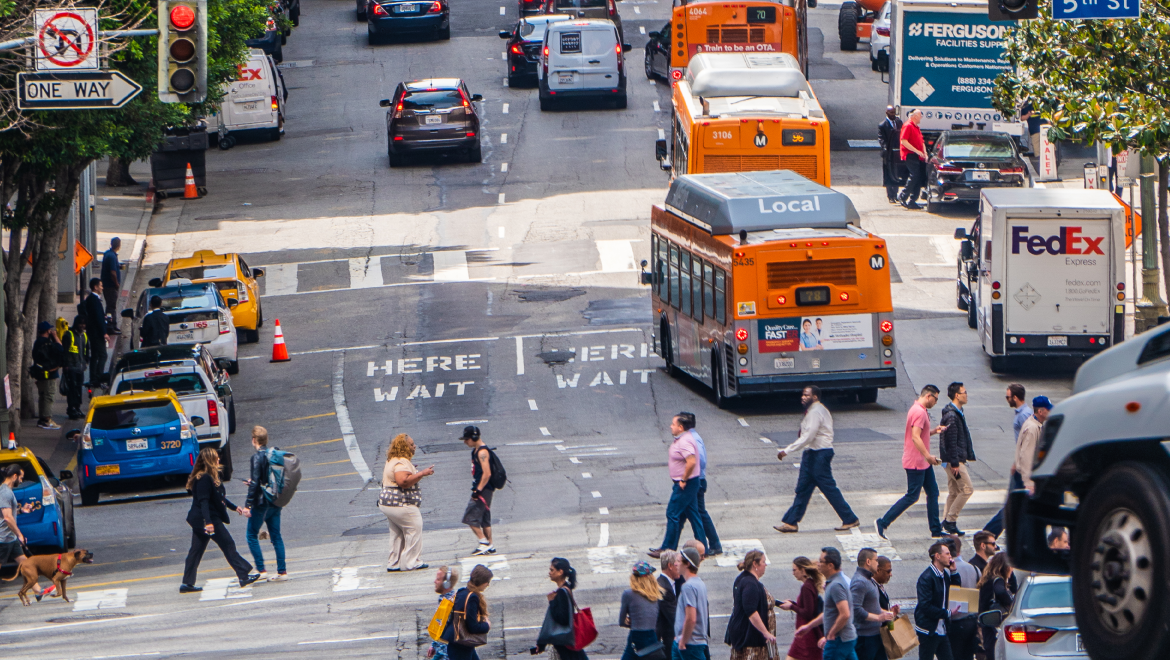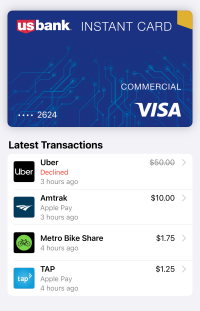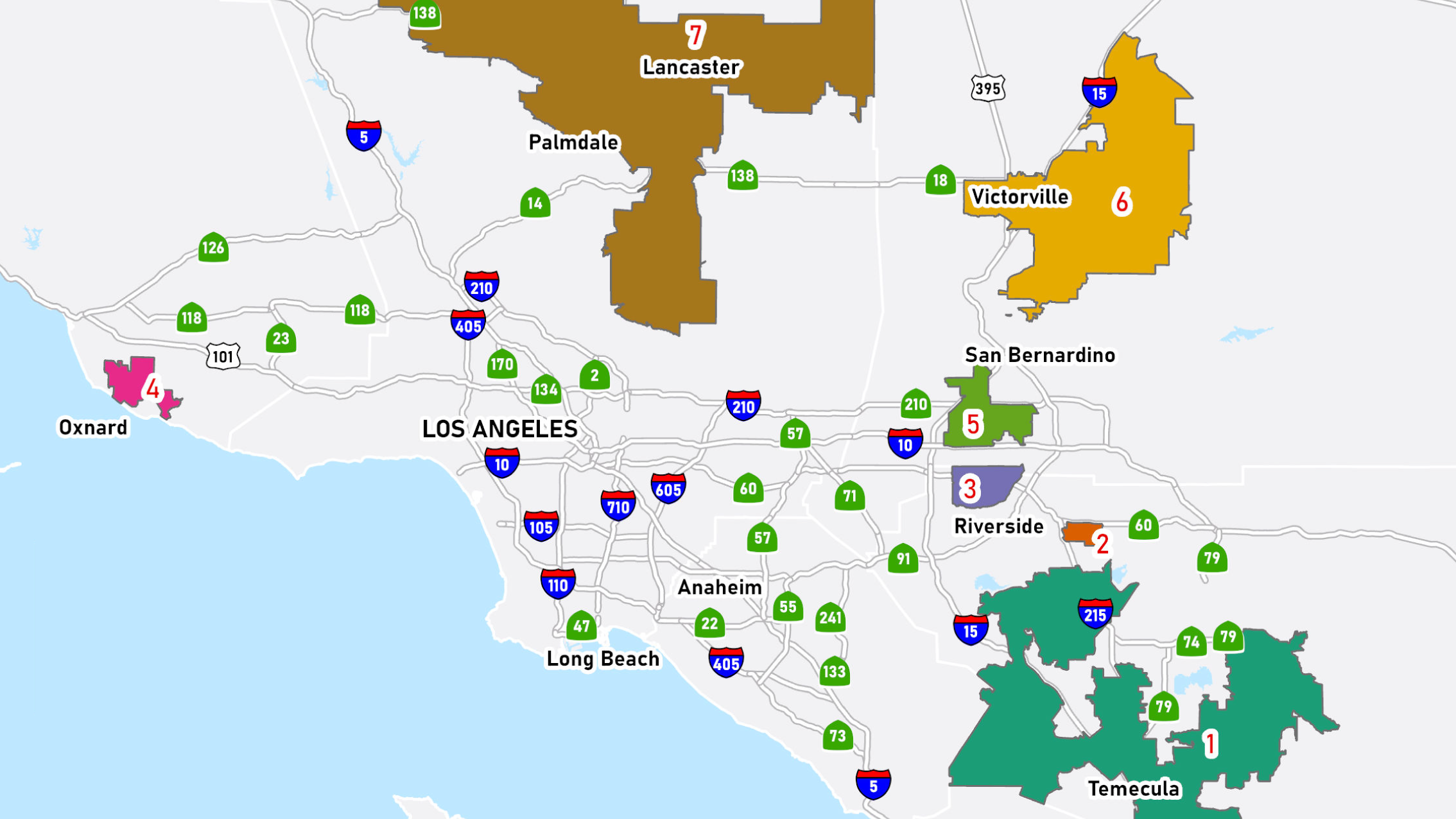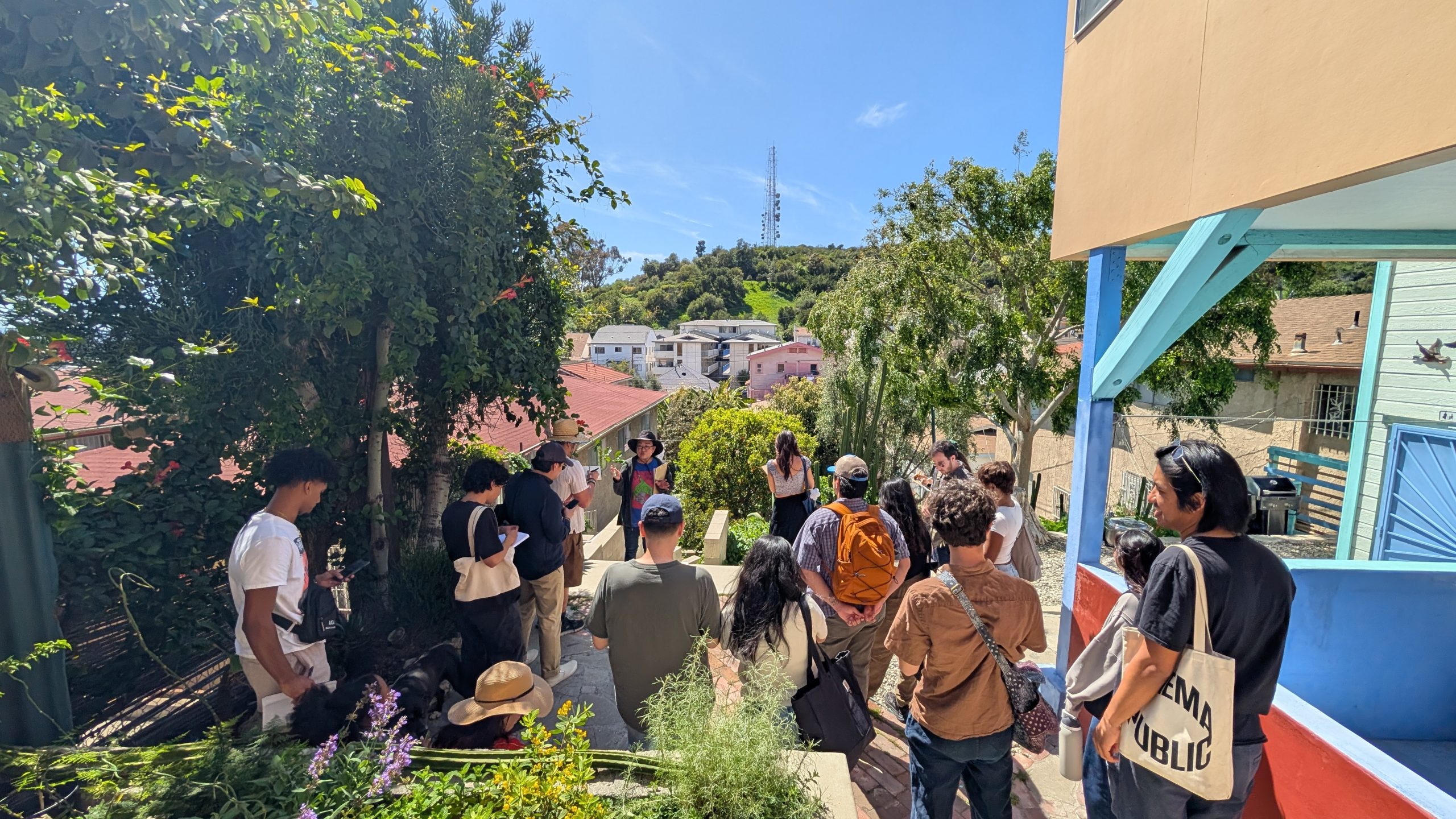
Piloting the future: L.A.’s Mobility Wallet shows early signs of promise
By JOEY WALDINGER

A sample card with a list of mobile pay transactions for transportation services. Courtesy of LA Metro
Since 2023, Los Angeles has been home to a bold experiment in transportation research: What happens if people are given money, no strings attached, to cover transportation costs? This program is known as the Mobility Wallet, and is part of a broader concept called universal basic mobility — the notion that everyone should be able to get where they need to go, however best suits them.
While similar programs have launched in other cities, L.A.’s mobility wallet pilot is one of the largest in the country. And early results are promising.
Lewis Center researchers have been closely following the pilot, and their findings show not only wide-ranging benefits, but also strong potential to pair the Mobility Wallet with existing transportation assistance programs.
“A mobility wallet isn’t just about getting from point A to point B, it’s about unlocking opportunity,” said Madeline Brozen, lead researcher on the study. “Through our partnership with LA Metro and LADOT, we’ve seen how this program helps people access more in their lives — more important moments with family and friends, more variety of transportation modes, and more independence overall.”
The team recently released two research briefs based on interviews with 31 participants in the pilot’s first phase. During this phase, 1,000 low-income South L.A. residents received $150 a month for one year to spend on shared mobility modes — like public transit, ride-hailing, rental cars, and bikeshares — that best met their needs.
Ripple effects beyond transportation
One brief looks at participant experiences and shows that reducing financial barriers to transportation had benefits far beyond transit and transportation. Participants reported feeling less stressed, more connected to friends and family, and more independent overall.
The most common outcome was a decrease in material hardship and general improvement in quality of life. With one less thing to budget, participants said they could redirect money to everyday expenses like groceries, school supplies, and bills.
One interviewee shared: “I think it’s the ease of the financial burden of transportation because it’s a challenging one to cut out of my budget. I can try to reduce it as much as possible, but reducing cost means I have to pay in my time.”
Participants also said the added flexibility made them less stressed, especially when it came to doctor visits and other time-sensitive appointments. Their social connections benefited as well.
“They used their wallets to participate in more social activities, take kids or families on outings, visit family members, and connect with others for celebrations,” researchers wrote in the brief. “Some social and leisure destinations were difficult or impossible to reach by transit or walking alone, but with the wallet, participants could now supplement their regular modes of travel — transit and walking — with ride-hailing to reach these places.”
How does UBM compare to other programs?
The second brief takes a closer look at how participants viewed the Mobility Wallet in comparison to Metro’s Low-Income Fare is Easy (LIFE), the region’s primary transit discount program.
Through LIFE, transit riders get 20 free monthly rides on Metro buses, trains, and other participating transit systems. Of the 31 participants interviewed, about half were also enrolled in LIFE or another benefits program. One person enrolled in LIFE after the wallet pilot ended, and others were told about LIFE’s features during the interview process. As of March, there were about 447,000 people enrolled in LIFE, and 75,000 daily users.
But for many study participants, LIFE alone was not enough to meet their daily needs.
“Regular transit users frequently exhausted their free rides before the end of the month and had to pay out-of-pocket for the remainder,” researchers wrote. “This was particularly challenging for daily commuters, as the LIFE program effectively only covered two weeks of weekday round trips between home and work.”
Participants said the Mobility Wallet helped bridge the gap — offering not only more rides, but more flexibility. While many had a strong preference for the wallet, they didn’t see it as a replacement, but rather a complement to LIFE.
Many said they “developed a hybrid routine,” using LIFE to fund regular transit while using the wallet to cover longer-distance trips or more expensive services. For example, some used the wallet to pay for ride-hailing or e-scooters during long transit waits or to cover first/last-mile access.
What’s next?
With no federal support for discounted mobility programs, the Lewis Center’s findings demonstrate how cities can pursue existing and more novel approaches to make public transit more equitable and accessible for all people.
As the pilot moves into Phase II — expanding to 2,000 new participants — Lewis Center researchers will continue to track how the program evolves and what it can teach us about universal basic mobility.



